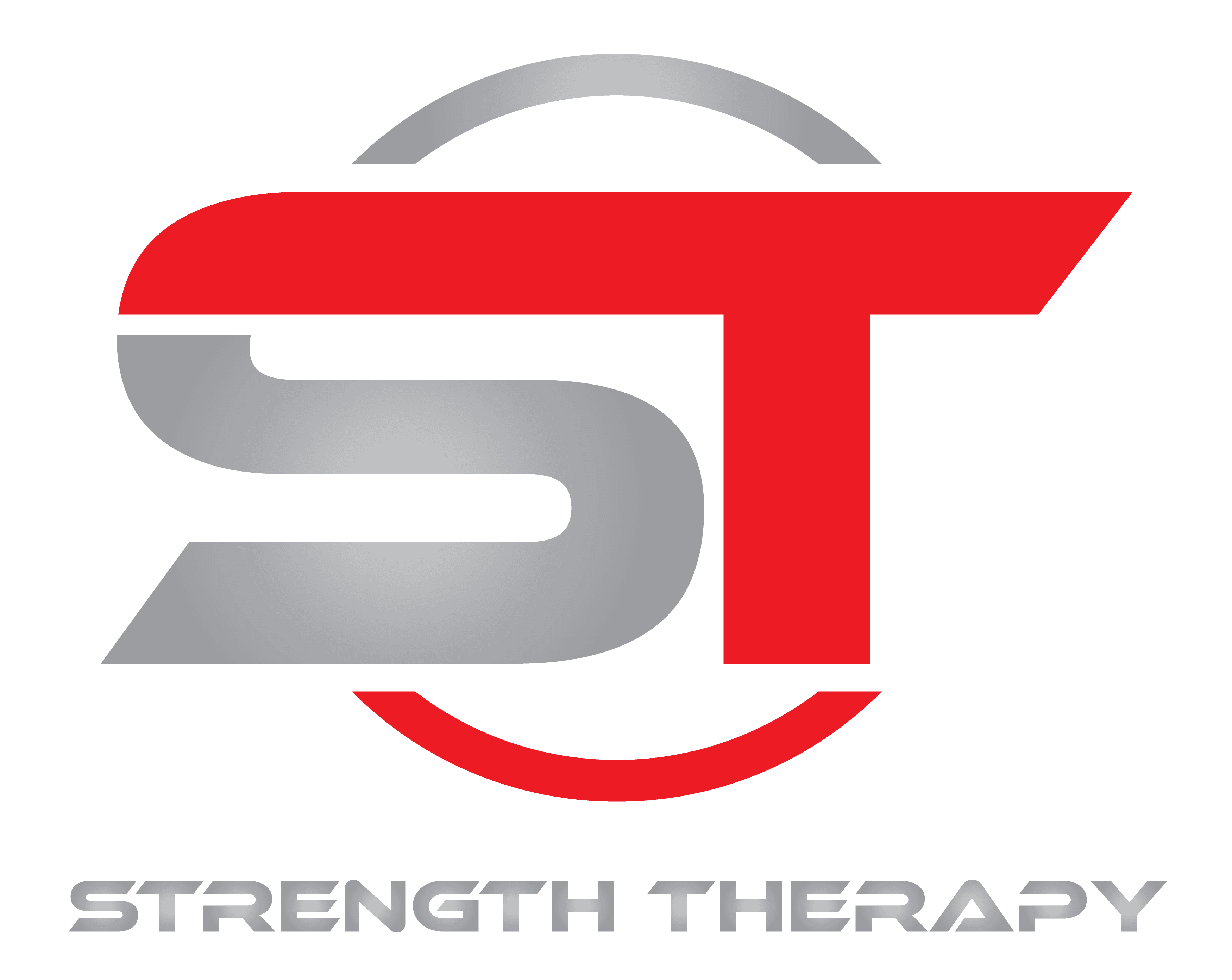
Dry Needling Las Vegas
Have you ever experienced a “muscle knot” or “kink” in your shoulders, neck, or lower back? Dry needling therapy may be an appropriate treatment method to help resolve these issues.
What is Dry Needling?
Dry needling treatment is a therapeutic technique used in physical therapy that involves the insertion of a very thin monofilament needle into specific areas of the muscle and connective tissue, known as trigger points, which are believed to cause muscle tension, pain, and interference with daily activities. The primary objective of this intervention is to elicit a muscle twitch response or a Latent Twitch Response (LTR), which is a key indicator of the technique’s effectiveness. This response is thought to help in alleviating pain and enhancing the functional movement of the muscles involved.
Trigger points are hyperirritable spots within the skeletal muscle that are associated with palpable nodules in taut bands of muscle fibers. These points are often a source of both local and referred pain, sometimes contributing to chronic pain conditions. The practice of dry needling targets these points, aiming to disrupt the cycle of pain and muscle spasm, thereby promoting healing and improving muscle function.
The technique is based on modern Western medical principles of anatomy and neurophysiology, differentiating it from traditional Eastern acupuncture practices. Practitioners of dry needling use their knowledge of the body’s anatomy to identify the trigger points that are contributing to a patient’s pain and mobility issues.
Benefits of Dry Needling Therapy
Once the needle is inserted into a trigger point, the desired muscle twitch or LTR occurs, which facilitates the release of muscle tension and reduction of pain. This process can help in restoring normal muscle function and improve the patient’s range of motion. Additionally, dry needling enhances blood flow to the area, further encouraging the healing process and the removal of waste products.
Moreover, dry needling has been observed to stimulate the body’s natural healing mechanisms. When the needle penetrates the trigger point, it creates a micro-injury that prompts the body to respond with a cascade of healing processes. This includes the release of various biochemicals such as endorphins and other neurotransmitters, which act as natural pain relievers. These substances also play a role in modulating inflammation, promoting tissue repair, and reducing sensitivity in the affected area. Consequently, dry needling not only addresses the immediate symptoms of pain and muscle tension but also promotes long-term healing and recovery.
Dry needling can also have a positive impact on the nervous system. By targeting trigger points and stimulating specific nerve fibers, dry needling can disrupt the cycle of pain signals between the muscles and the brain. This interruption can help reset the sensitivity of the nervous system, leading to a reduction in chronic pain conditions. Additionally, the stimulation of sensory nerves during dry needling can promote relaxation and reduce stress levels, which can further contribute to overall pain relief and improved well-being. As a result, dry needling offers a holistic approach to managing musculoskeletal issues by addressing both the physical and neurological aspects of pain and dysfunction.
